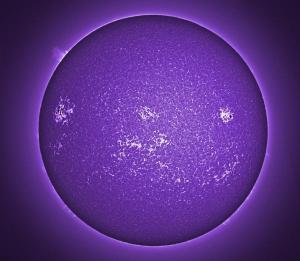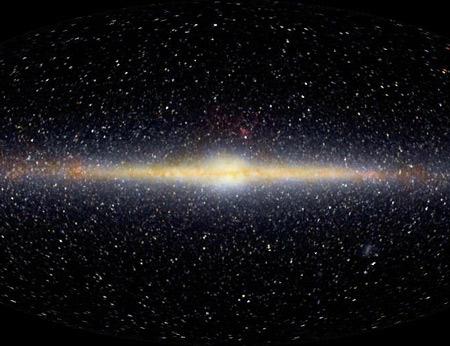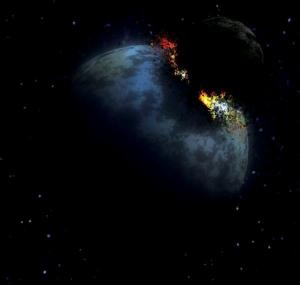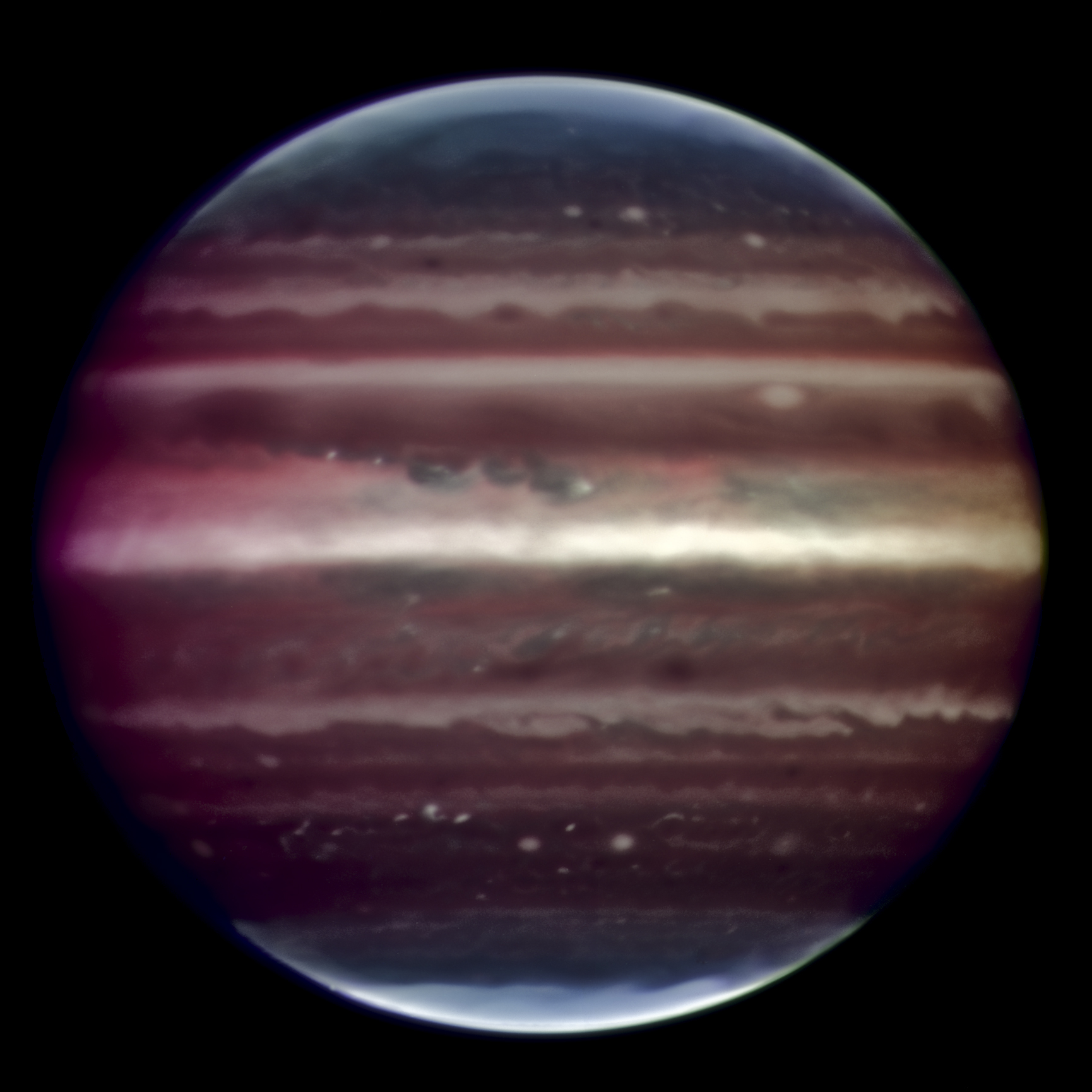
Their results appear the Oct. 2nd edition of Science Express.
"The sun is the biggest and therefore smoothest object in the solar system, perfect at the 0.001% level because of its extremely strong gravity," says study co-author Hugh Hudson of UC Berkeley. "Measuring its exact shape is no easy task."
The team accomplished the task by analyzing data from the Reuven Ramaty High-Energy Solar Spectroscopic Imager, RHESSI for short, an x-ray/gamma-ray space telescope launched in 2002 on a mission to study solar flares. Although RHESSI was never intended to measure the roundness of the sun, it has turned out ideal for the purpose. RHESSI observes the solar disk through a narrow slit and spins at 15 rpm. The spacecraft's rapid rotation and high data sampling rate (necessary to catch fast solar flares) make it possible for investigators to trace the shape of the sun with systematic errors much less than any previous study. Their technique is particularly sensitive to small differences in polar vs. equatorial radius or "oblateness."







Comment: Interesting that the power structures of society have nearly destroyed an analogous ability within the human population to recognize pychopathic predators and share that knowledge, particularly in women.